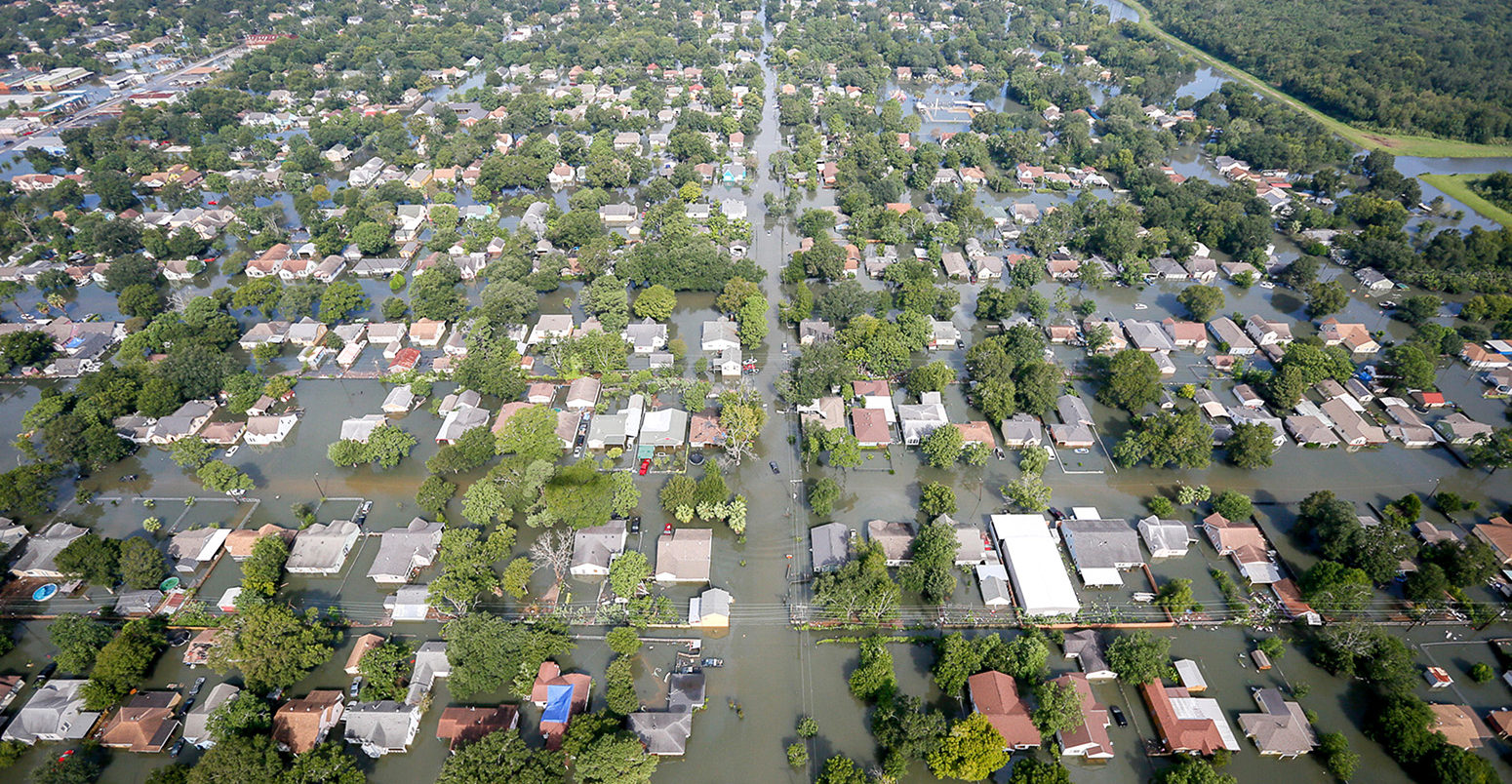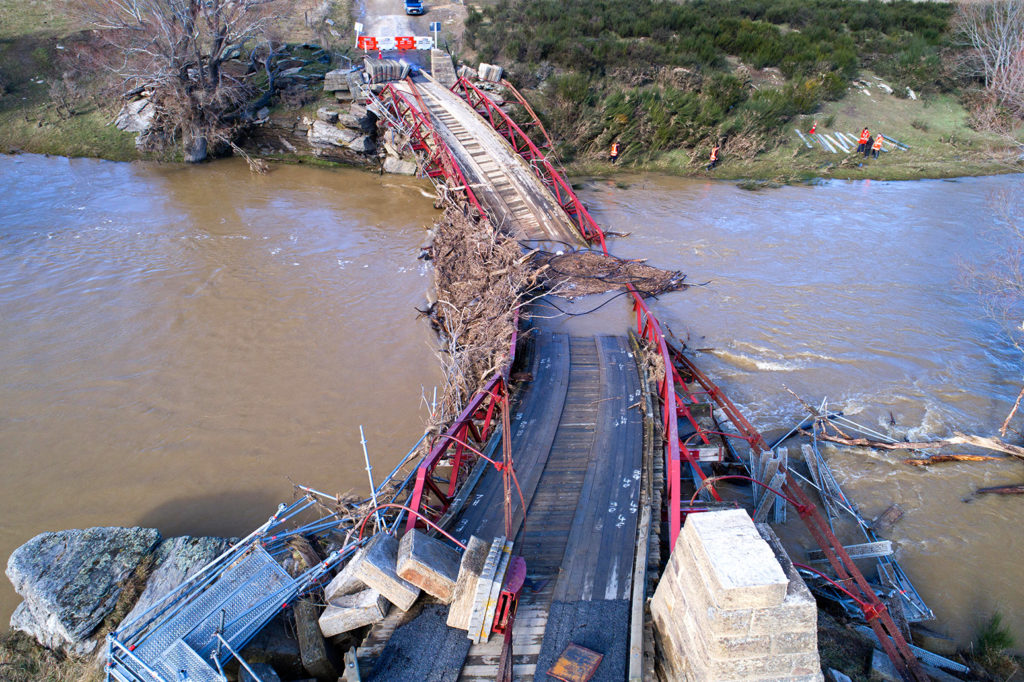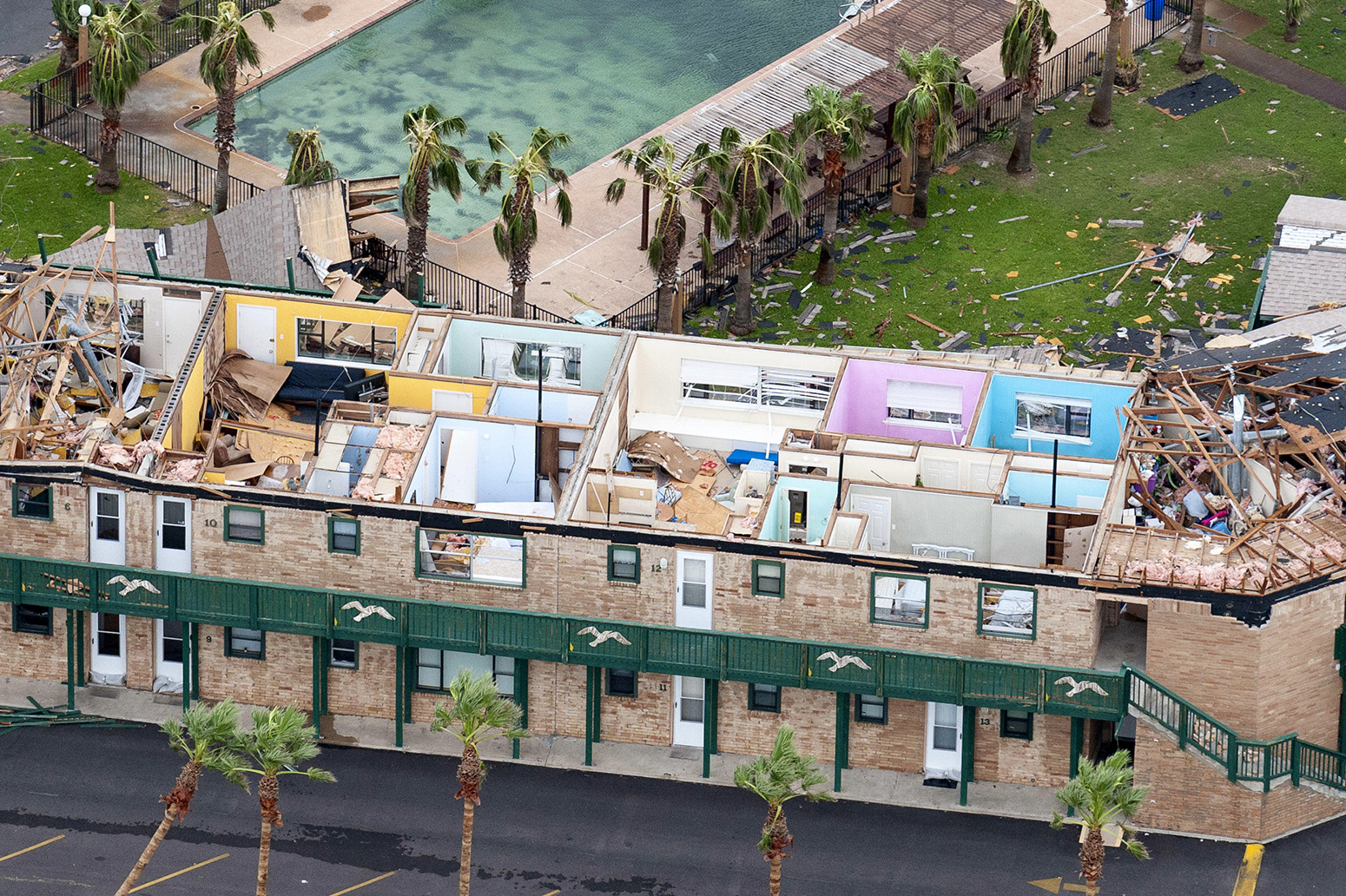
Guest post: Cost of extreme weather due to climate change is severely underestimated

Guest authors
06.12.20
Guest authors
12.06.2020 | 12:01amOver the past decade, a compelling body of evidence has linked a range of extreme weather events to human-caused climate change.
This area of research – known as “event attribution” – provides a means for climate scientists to examine how the severity and frequency of weather events, such as heatwaves, droughts and storms, are changing as greenhouse gas concentrations rise.
In a pair of new journal papers, we have attempted to open up a new avenue for quantifying the “attributable costs” of weather-related disasters. We focus on recent droughts and floods in New Zealand and the landfall of Hurricane Harvey in Texas in 2017.
Using event attribution as the scientific basis for quantifying how extreme weather has changed, we have been examining the links between changes in extreme weather and their economic consequences.
If we can quantify the contribution from climate change to an extreme weather event and we can also know the cost of the associated disaster, then we can put a financial figure on the climate change component of those costs. These calculations then provide us with the price tag of climate change, through its impact on extreme weather events.
Quantifying attributable costs
In the two studies, both published in the journal Climatic Change, we look at droughts and floods in New Zealand during the decade 2007-17 and the landfall of Hurricane Harvey in Texas in August 2017.
The New Zealand Treasury estimated that two droughts in 2007 and 2013 jointly reduced GDP in New Zealand by around NZ$4.8bn (US$3.4bn in 2017). Using previously published methods, which used climate models to estimate changes in the types of weather patterns typical of severe New Zealand drought, we estimate that around NZ$800m (US$568m) of this cost is due to climate change.
We also analysed 12 extreme rainfall events, which contributed a total of around NZ$470m (US$334m) in insurance losses, by applying techniques used elsewhere. This involved running regional climate models thousands of times over, both with and without human influences, and looking at how often the events in question occurred in each case. Based on this, we estimate that around NZ$140m (US$99m) of those insurance losses were attributable to human influence on the climate.
The two sets of costs are not directly comparable – one measures reductions in economic performance and the other measures insured losses. The main insight is that event attribution is able to show that climate change is already causing significant losses to New Zealand. Climate change is not only a future problem, but it is costing us here and now.

Benchmarking social cost of carbon estimates
We also looked at the human climate change fingerprint on the damages associated with Hurricane Harvey that hit Houston, Texas, in 2017, which were strongly driven by torrential rain and extensive flooding.
Previously published attribution studies, each using independent methods, found good agreement on attributable changes in the rainfall associated with Harvey: these conclusions formed the basis of our cost estimates. The results are striking: we estimate that around US$67bn of the Hurricane’s overall US$90bn are associated with climate change.
This is a far higher estimate than that which would be obtained from conventional economic models for the cost of climate change in the US, such as in the model built by Nobel Prize winner William Nordhaus. This model is underpinned by a 2017 study (pdf) from the US Environmental Protection Agency on the “social cost of carbon” – the financial damages caused by every additional tonne of carbon emitted into the atmosphere. Nordhaus’s model predicts total economic costs to the US economy in 2017, from climate change, to be around US$20bn.
The usual tools used to quantify the costs of climate change are called “Integrated Assessment Models” (IAMs). (See Carbon Brief’s detailed Q&A on IAMs.) IAMs have been developed with the premise that the main economic impacts associated with climate change arise from long-term changes to agricultural productivity and practice associated with rising average temperatures. They typically assume that the effects of extreme weather events – which are infrequent by definition – are relatively minor.
The actual numbers we have obtained could be too high or too low (that is the way with research). But even if they are an overestimate, the damages we attribute to Hurricane Harvey measures just the immediate damages from one single event, in a single city. It does not include the direct and indirect costs of disruption associated with this hurricane, nor the health impacts, nor the population displacement.
It also does not include the costs of other events that happened that year – Harvey was one of four major hurricanes to make landfall in the US in 2017 – nor the costs associated with changes in the environment that are unrelated to extreme events (for example, coastal erosion because of sea level rise).
Practically, the results from these initial papers suggest that common “top-down” approaches substantially underestimate the costs of climate change and that event attribution techniques can be applied to form a kind of “bottom-up” check on those estimates.
Deploying this approach more widely could provide a useful check on IAM performance and add another valuable line of evidence to inform estimates of the social cost of carbon.
There are, of course, many uncertainties in any estimate of the human influence on weather events and in estimates of the costs of climate change. While some effects of extreme events are reasonably well-recorded, such as insurance losses, others are very difficult to measure, such as impacts on mental health and wellbeing.

Using attributable costs
The main significance of our new work is less in the exact numbers and more in the ability to link, more forensically, human influence on the climate to the economic impacts of disasters.
There are several ways in which this line of research could be used:
1. By central banks and treasuries as they are increasingly asked to consider climate change-related risks. This line of evidence can provide innovative ways of analysing the problem and should help them deal with dynamic, climate-related fiscal and monetary risks.
2. By insurance companies and investors that may find attributable cost techniques useful as an additional line of evidence regarding the way their risks are changing.
3. By policymakers tasked with assessing the social cost of carbon; a number that may guide national emission targets. The forensic approach suggests that traditional, IAM-based social cost of carbon estimates are too low.
4. By parties wishing to pursue arguments regarding “loss and damage” arising from climate change, potentially including lawsuits. Loss and damage refers to the societal and financial costs of climate impacts that can no longer be avoided. The idea of developed countries – who are most responsible for climate change – compensating developing nations for these damages is an ongoing part of international climate negotiations.
5. By investors as they consider divestment, especially in light of (3) and (4). If the social cost of carbon is currently underestimated, and if our new approach can potentially lead to legal actions, then these constitute very powerful arguments for firms to accelerate their divestment initiatives.

With colleagues from around the world we are trying to develop further our approach. This involves thinking through methodological issues, clarifying the economic consequences of weather and climate events, and trying to assess which events are amenable to event attribution and which are not. There is much to do and much to learn, but much to gain from doing so.
In the long run, the integration of quantitative social science and climate change event attribution will help decision-makers have a richer, better and more accurate understanding of the effects of climate change on the economy.
By looking as far along the chain from emissions to impacts as we can, we provide fresh evidence for decision-makers to consider as they grapple with the climate change challenge. By thinking through the economic consequences of human influence on extreme events, we think this can help move event attribution from the news cycle to the boardroom.
Frame, D. J. et al. (2020) The economic costs of Hurricane Harvey attributable to climate change, Climatic Change, doi:0.1007/s10584-020-02692-8
Frame, D. J. et al. (2020) Climate change attribution and the economic costs of extreme weather events: a study on damages from extreme rainfall and drought, Climatic Change, doi:10.1007/s10584-020-02729-y
-
Guest post: Cost of extreme weather due to climate change is severely underestimated

